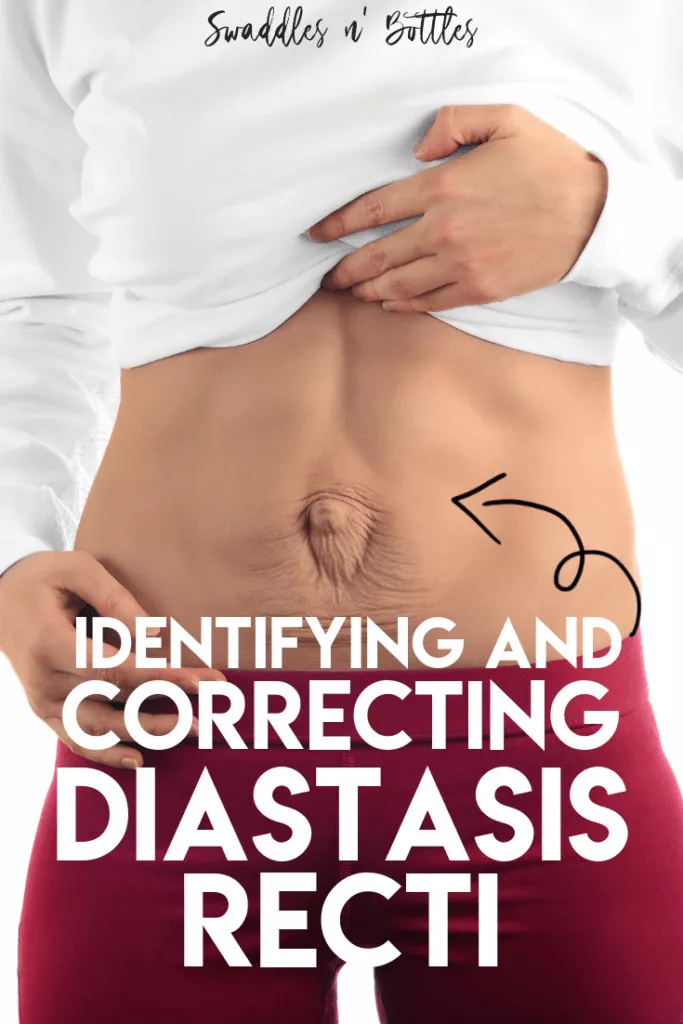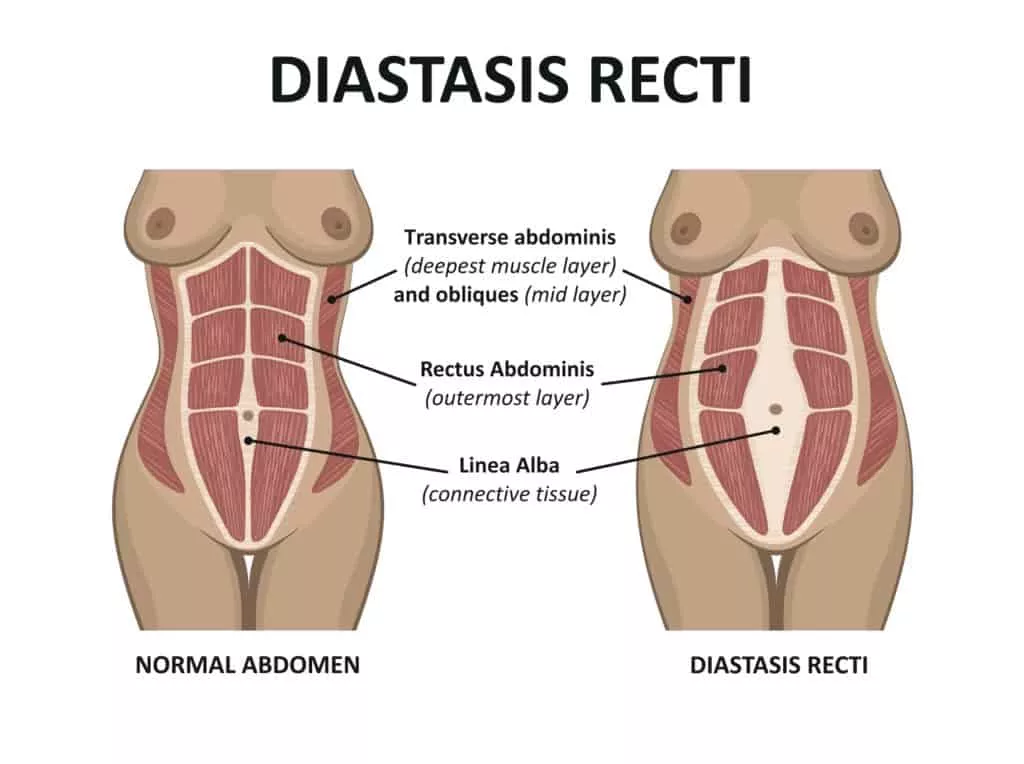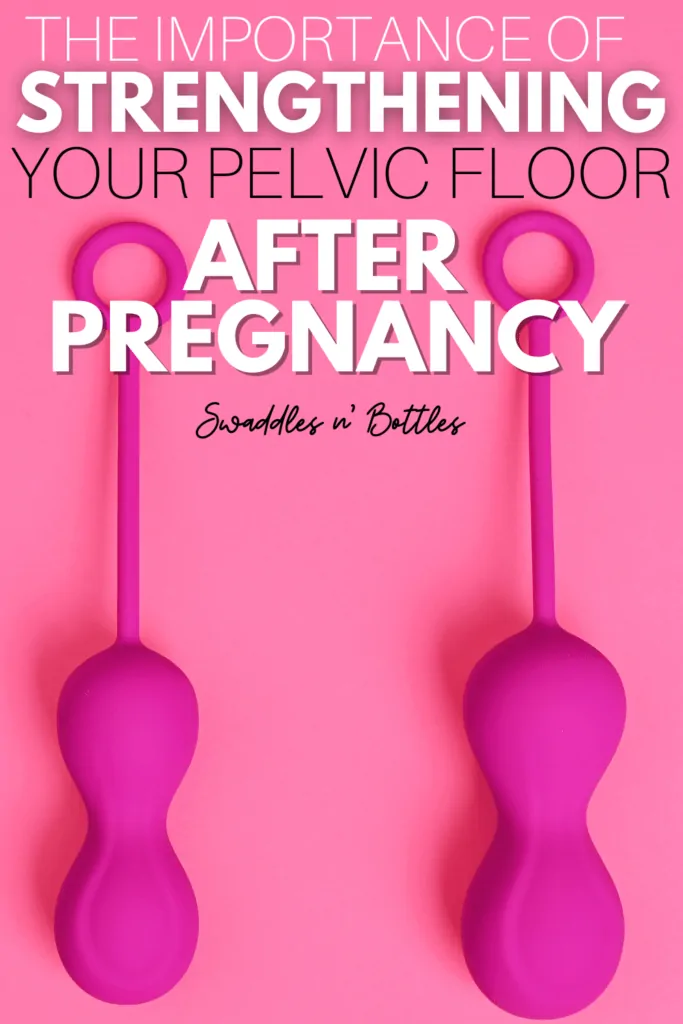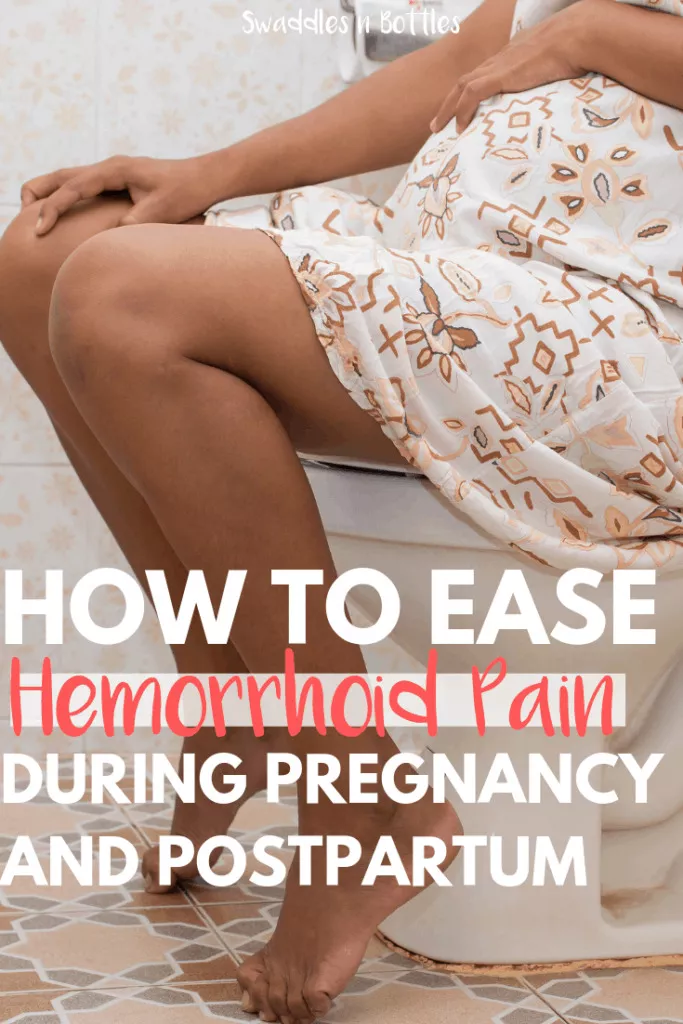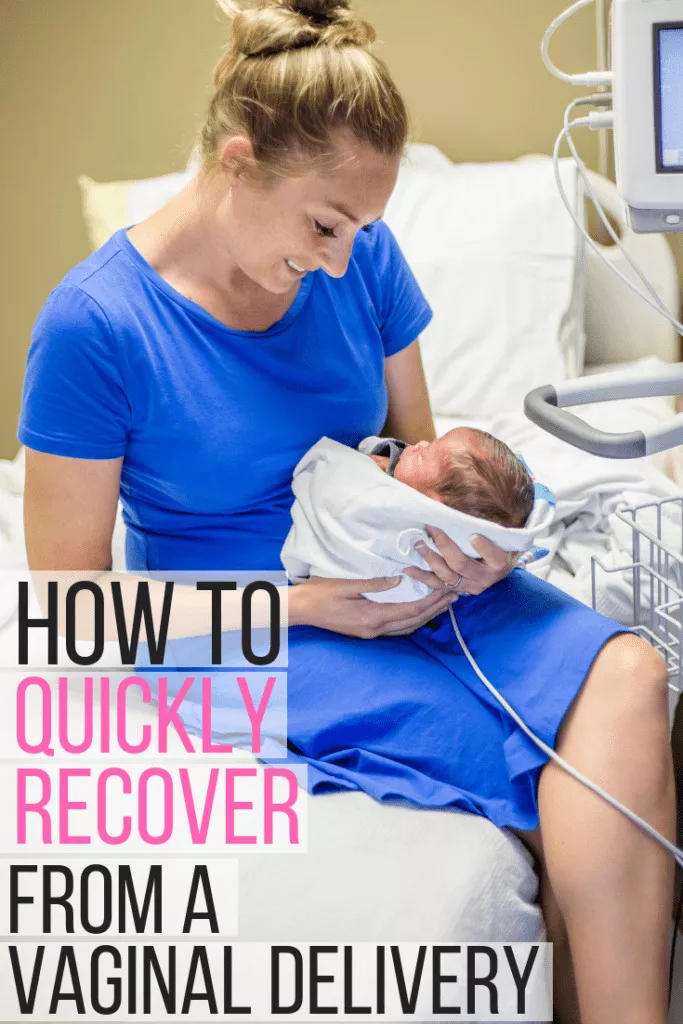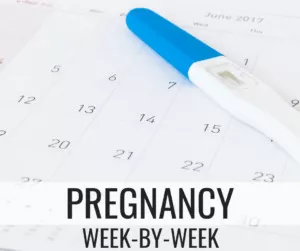Identifying and Fixing Diastasis Recti
As a mom who has had two children and experienced a mild case of Diastasis Recti myself, this topic hits home for sure. Let’s dig in and learn a bit more about what it is and what you can do about it.
WHAT IS DIASTASIS RECTI?
Diastasis Recti is when the rectus abdominis muscles in your abdomen separate during pregnancy. This often leaves a gap that makes your belly pooch out more than normal after pregnancy.
I personally knew I had this prior to delivery with my first baby because of the pain I experienced in the first 3-4 months and because when I sat back in a certain position, my belly caved into a cone shape position. I confirmed my suspicions with my physician at my 4 month check-up.
WHAT CAUSES IT?
Your rectus abdominis, what most refer to as the “six-pack muscles” are a pair of long, flat muscles that run vertically down each side of your abdomen. These muscles main function are to hold in your internal organs and stabilize your core.
During pregnancy, your belly obviously expands a great deal, therefore stretching your connective tissues, allowing the rectus abdominis to pull apart and actually separate down the middle. As you may or may not know, pregnancy hormones also help relax tissues, joints, etc. After pregnancy and when your hormone levels return to normal (within 6 months), your body can heal this separation, but in 40% of women, it does not heal without intervention and treatment.
BE PROACTIVE
There is a lot of research that suggests the stronger your core is before pregnancy, the stronger it will be after. This includes being able to heal Diastasis Recti fully or more than those who haven’t put in the work ahead of time. I personally remember my doctor saying that the stronger your muscles are before pregnancy, the more painful stretching them out can be. Personally, my core was pretty strong before pregnancy and therefore there was some discomfort during the initial expanding of my abdominal wall. A small price to pay for a speedy healing process after.
GREAT CORE EXERCISES BEFORE PREGNANCY
NOTE: Before you start any new exercises, always consult with your doctor.
Pelvic Tilts/Kegel Exercises – most women have heard of the Kegel exercise. It is a great way to keep your pelvic floor strong as well to limit incontinent problems later in life.
Russian Twists – see me demonstrating the Russian twist in my first exercise on this Instagram Post.
Flutter Kicks – learn how to do a proper flutter kick here.
Plank – try this 3-Minute Perfect Plank by Bowflex Workout here.
Plank Jacks – want to test yourself? See how to perform the plank jack and see how many you can do here.
Plank Side/Diagonal Crunches – checkout my Instagram video demonstrating this move. You’ll see I had a little helper this day.
GREAT EXERCISES TO HELP HEAL DIASTASIS RECTI
NOTE: Before you start any new exercises, always consult with your doctor.
It is important to remember after pregnancy, there is a level of healing that must first happen before you can get to your normal exercise routine. Healing Diastasis Recti is no different, there are exercises you should stay away from. You’ll want to skip any movements or exercises that place strain on the midline or cause the belly to bulge outward like the traditional sit-up or plank. You’ll also want to avoid any heavy lifting and exercises that involve twisting of the spine or work the abdominal wall against gravity. Such no-no exercises would include crunches, oblique curls, reverse crunches and roll-ups. This also means no backbends or spinal extension type movements.
Since all traditional “six-pack making” exercises are out, you are probably wondering, what can I do? Abdominal compressions, pelvic tilts, toe taps, heel slides, single-leg stretches, and bridges with belly scooping while keeping your belly pulled in are all great movements to start out with. There are several at-home exercise programs, like the Mutu System, Tupler Technique, and The Dia Method. They are designed to help (not hurt) new moms with Diastasis Recti.
BE KIND TO YOURSELF
Finally, please be kind to yourself mamas. Pregnancy is a journey that only some are fortunate to take. It took 9 months for your body to do what it needed to do to make that baby, it will take at least 9 months or more for most women to get back to your new normal. Focus on being healthy (eating right and exercising) and taking care of that new baby of yours. The rest will follow. If you are concerned about Diastasis Recti, please reach out to your doctor to discuss a game plan moving forward.

Hello, I’m Tara! I live in Traverse City, Michigan with my husband and 2 children. I also have 2 step-children who are adults and out in the world. I have a background in Marketing & Advertising, but currently staying at home with my littles. I am passionate about being a mom, wife, and fitness enthusiast. I believe in living a well-balanced, healthy and organized life. I enjoy helping, motivating and encouraging others to do the same. You can find my more from me on my blog Mom Wife Fitness Life.

